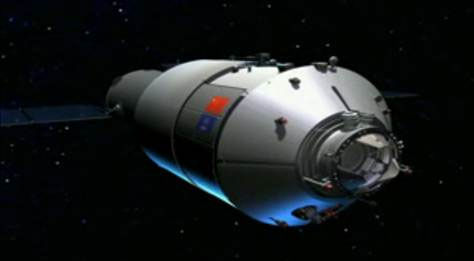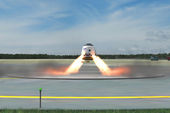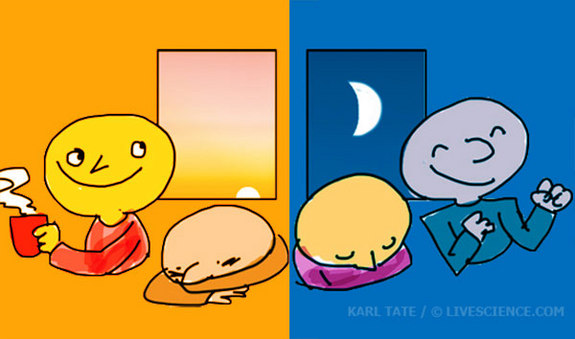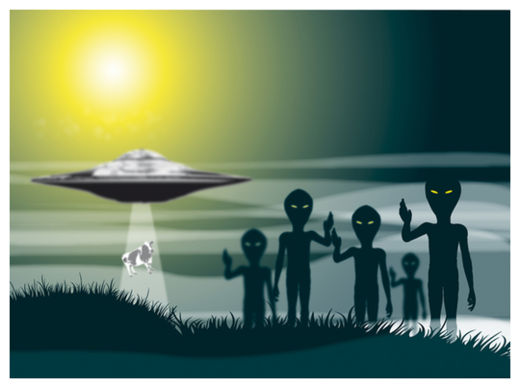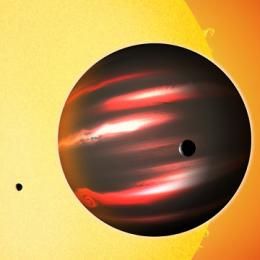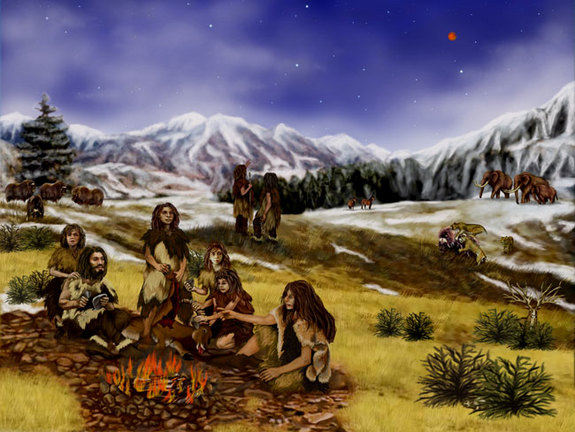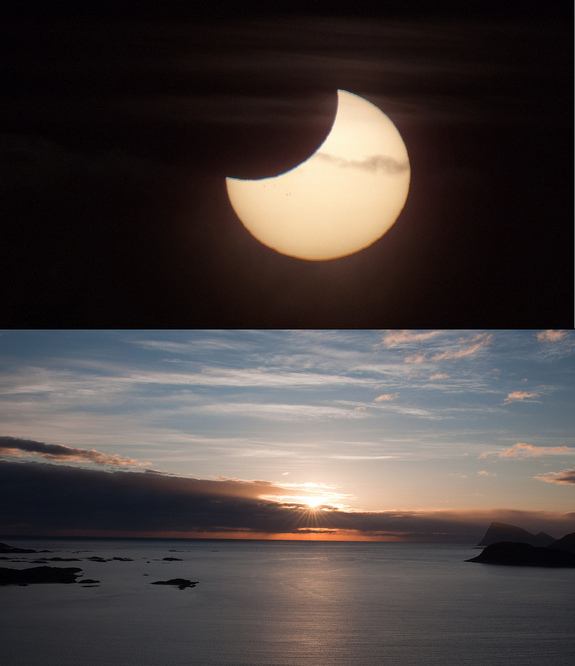
Like a gigantic boat plying the heavens, the moon's shadow creates waves in Earth's atmosphere that travel at more than 200 mph, a new study reveals.
This effect was predicted back in the early 1970s, but researchers were only finally able to observe it during the total solar eclipse of July 22, 2009. The researchers discovered that acoustic waves, also known as sound waves, in Earth's upper atmosphere pile up along the leading and trailing edges of the moon's shadow as it moves across Earth, like the waves produced when a ship plows through water.
"We not only find the feature of the predicted bow wave but also the stern wave on the equator side of the eclipse path, as well as the stern wake right behind the moon's shadow boat," researchers write in the study, which was published Sept. 14 in the journal Geophysical Research Letters.
The researchers, led by J. Y. Liu of National Central University in Taiwan, used a network of ground-based GPS receivers to track the 2009 eclipse as it passed over Japan and Taiwan. They noticed that acoustic waves were being generated along the edges of the moon's shadow, in a part of Earth's upper atmosphere known as the ionosphere.
